Table of Contents Show
Boondocking on National Forest Land has given us many rewarding camping trips. However, it’s extremely important to follow the unspoken and spoken rules of boondocking on National Forest Land. While some of these rules are posted on National Forest Land and others are simply courteous, we consider them all mandatory.
National Forest Land and land managed by the Bureau of Land Management offers seclusion, stunning locations, and serenity to its visitors. It’s up to all RVers and campers to keep National Forest Land clean, safe, and respected so we all can continue to use this (almost always) free land. Let’s get into it.
What is Boondocking?
First, if you’re not sure what boondocking (aka dry camping or primitive camping) is, we think the United States Forest Service sums it up best:
Many people enjoy the solitude and primitive experience of camping away from developed campgrounds and other campers. Dispersed camping is the term used for camping anywhere in the National Forest OUTSIDE of a designated campground. Dispersed camping means there are no toilets, no picnic tables, no trash cans, no treated water, and no fire grates.
National Forest Service, Deschutes National Forest
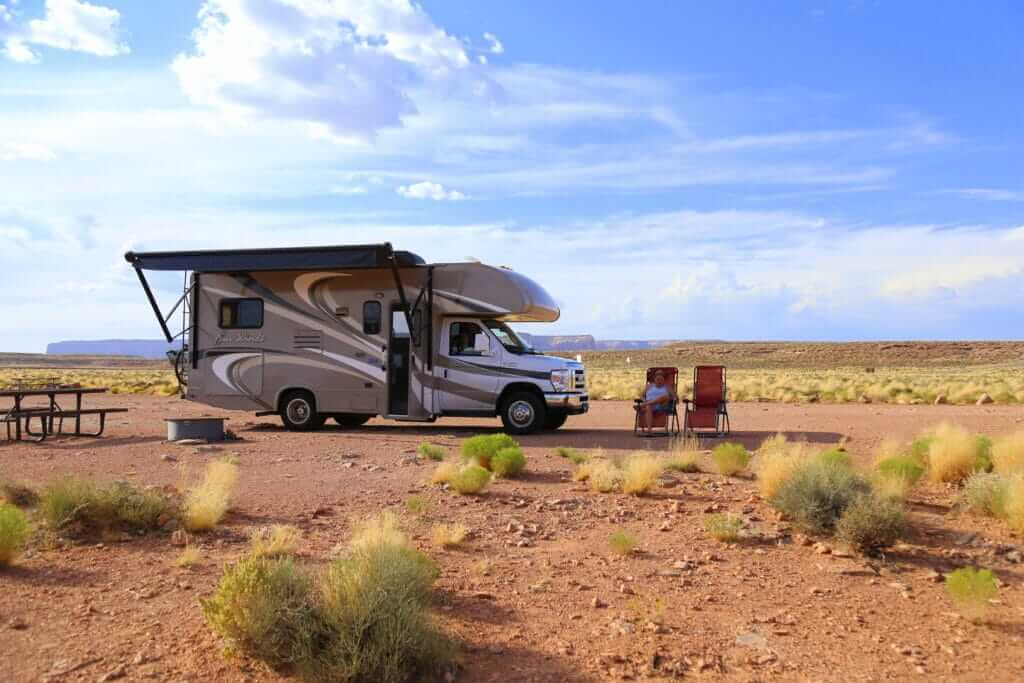
Rules for Boondocking on National Forest Land
Below are eight very important rules to follow when boondocking on National Forest Land. If we all follow these, we can ensure the public will continue to use these beautiful forests for generations to comes.
Leave No Trace on National Forest Land
This rule is very simple but the one we see broken the most. It’s pertinent to leave no trace when you are using National Forest Land. The simple slogan for this is “pack it in, pack it out”. This means whatever you bring with you when boondocking, be sure to bring it all back with you as well.
If you want to take it to the next level, then follow the saying “leave no trace”, which means leaving your site better than you found it. We like to always pick up trash when we’re boondocking and encourage everyone to do the same.
Don’t Dump Your Tanks on the Ground
Dumping on any National Forest Land is prohibited. This is one of the quickest ways to get public land shut down. Unfortunately, we’ve heard of the USFS having to close an area down due to someone dumping their human waste.
Not only is it disgusting, but it’s also unsafe. Locate a near-by legal dumpsite and plan to visit that dump station after your stay to empty your gray and black tanks.
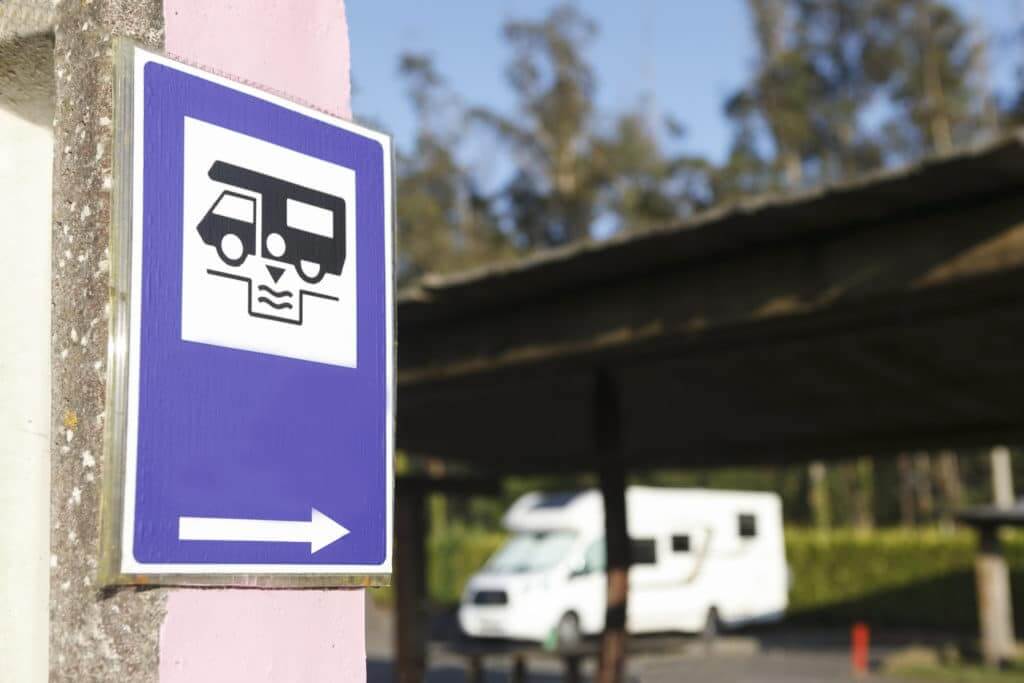
Park 200 Feet Away From Water Sources
When you arrive in a designated camping area, be sure to park at least 200 feet from any water source. This includes lakes, rivers, streams, etc. Keeping this distance is key to preserving delicate vegetation near these sources.
Respect Wildlife
Expect to see wildlife on National Forest Land and respect their home. It’s important to keep wild animals away from you, which means ensuring your trash is picked up and properly disposed of.
It’s always unfortunate to hear about a wild animal being put down because they attacked a human, when in fact that human was irresponsible on the animal’s home turf.
If you’re not sure about the wildlife in a particular area, ask a Forest Ranger about how to be aware and smart regarding wildlife in the area.
Be Responsible With Campfires
It’s appropriate to use existing fire pits when applicable. When you do this, you are minimizing the scarring of new rocks and damaging new dirt.
Additionally, never leave a fire unattended. When you are finished with your fire, make sure it is all the way out. A fire is all the way out when you are able to put your hand in the ashes without being burned. Most wildfires on National Forest Land are caused by human activity, so this is a chief rule to always follow.
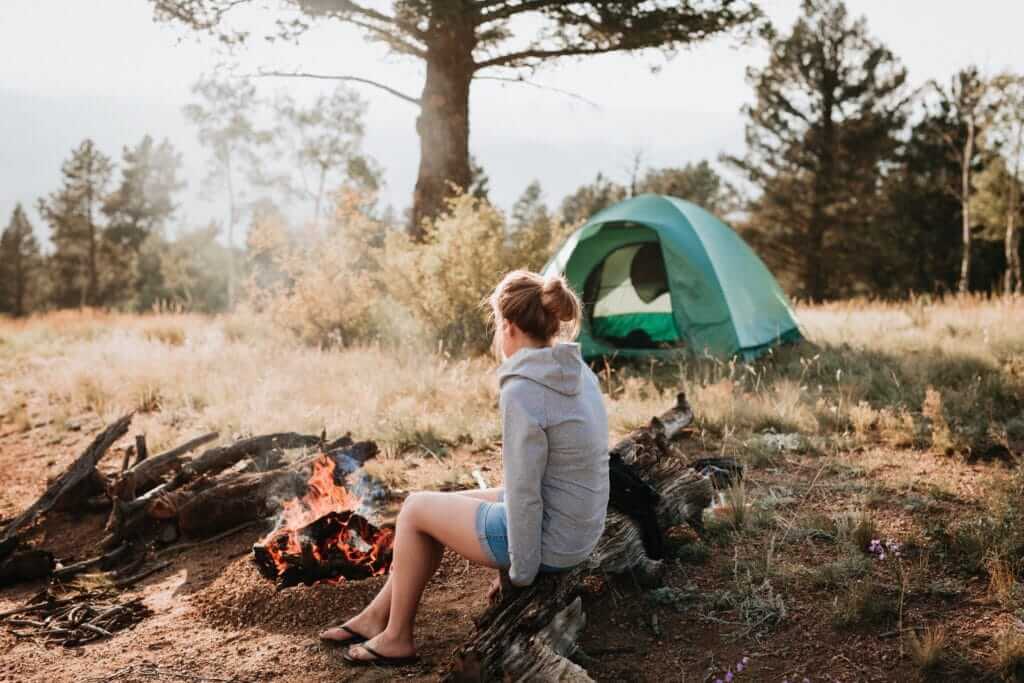
Don’t Harvest Firewood, Unless Allowed
You can check with a Forest Ranger or read the posted signs to determine if you are allowed to harvest firewood. If you are allowed to harvest firewood, then be sure to only gather dead and downed wood on National Forest Land.
Never cut branches off live trees! If you’re not sure what the laws are in an area, support the local business and buy firewood from them.
Don’t Trailblaze
When you are searching for a boondocking location on National Forest Land, find an open spot that has obviously been used before. Using existing sites will minimize the damage done to the surrounding plants, soil, and wildlife.
Trailblazing hurts the current flora and fauna in an area. Also, do not try to level a site by digging holes in the ground. This is damaging to the surrounding area.
Obey Stay Limits
Another sure way to get an area shut down is by having people repeatedly stay longer than allowed. It’s important to read the signs when entering the National Forest Land to see how long you are permitted to stay at a time. Do not stay longer than allowed.

Be a Good Neighbor on National Forest Land
Just like you want to escape to nature for its beauty, we’re sure your boondocking neighbors do too. The rules listed above are related to respecting National Forest Land, now it’s time to talk about respecting your neighbors.
Don’t Block the View
There is nothing more annoying than scouting for a perfect spot, only to have someone come and park right in your view. When you’re scouting for a spot, be mindful of major windows and what direction other campers have set up in. They are most likely set up that way to get a great view from a large picture window. Don’t ruin that!
Give Some Distance
It’s should be a focal point to give other campers some space. What’s the point of escaping to National Forest Land if you’re still going to have RVers right on top of each other?
While there is no set rule, we believe a football field length is a good distance to start. Obviously, not all boondocking locations allow for this, so use your best judgment and give people breathing room.
Be Mindful of Generator Usage
We understand that not everyone has solar. As a matter of fact, we used our generator exclusively when we first started boondocking. You can always look at the local signs to see if quiet hours are available.
A good rule of thumb is to turn your generator off between the hours of 9 pm and 8 am. It’s also kind to your neighbors if you don’t run your generator all day. They can really ruin the experience of connecting with nature.
How to Find National Forest Land for Boondocking
Alright, now that you know the mandatory camping rules, let’s dive into how to find these awesome sites. The best part about these recreation areas is that they are almost always near breathtaking areas! We love boondocking near National Parks, State Parks, and other appealing areas. We use three main apps when looking for boondocking locations:

Final Thoughts
In conclusion, National Forest Lands are a treasured resource in our country and we need to continue to treat them that way. We want future generations to have the same wonderful camping experiences as us!
If you’re ready to responsibly boondock, you’ll need the right supplies. Get the Bare Necessities for Boondocking to hit the road.





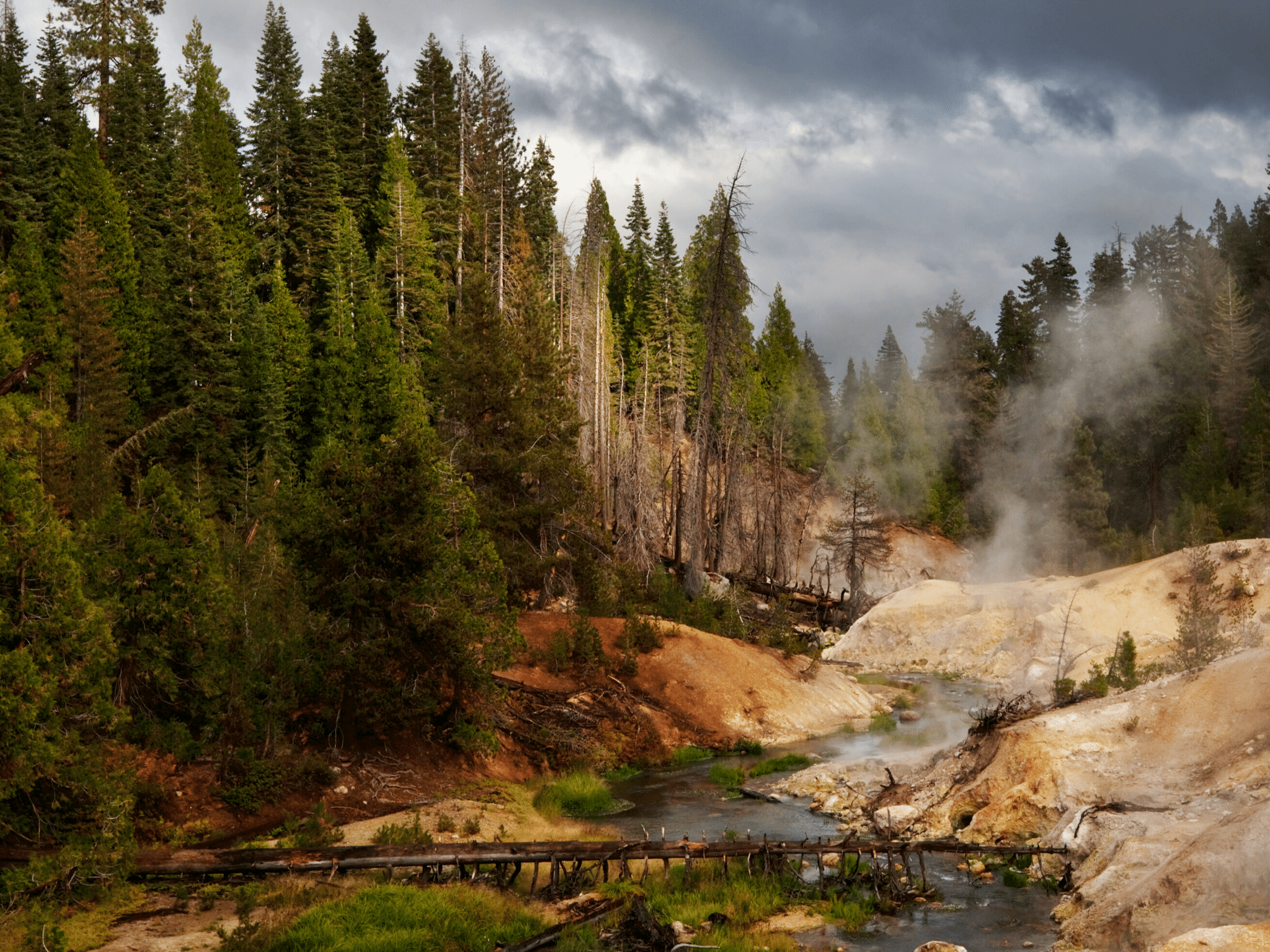
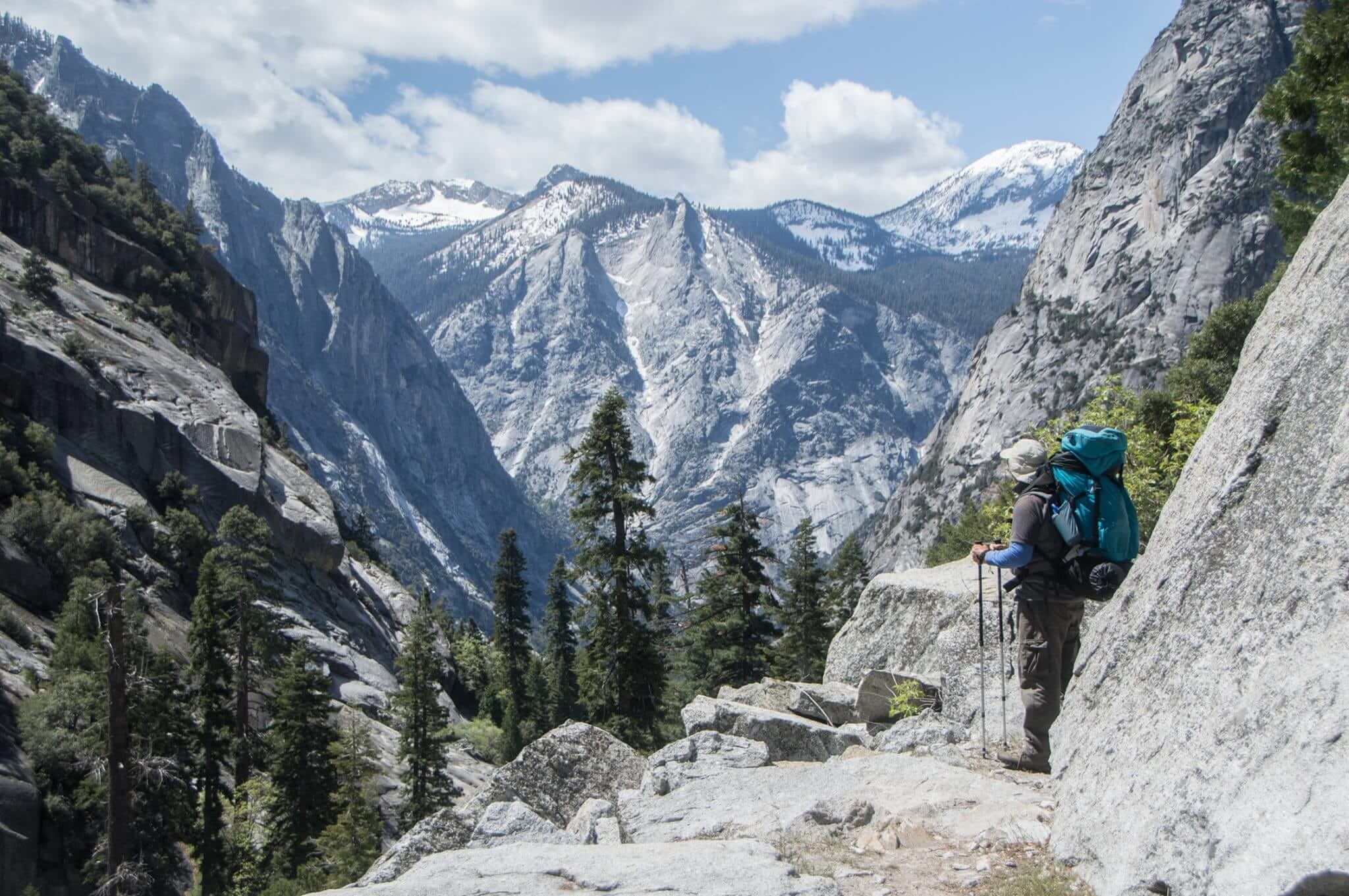
Would like testimonials on the best locations near national parks,
California, Utah, Arizona and Oregon, Montana, Wyoming or New Mexico.
We are new full timers and appreciate any suggestions boondocking. This was all helpful information. Thank you !!!
I wish being a good neighbor was higher on this list. Having boondocked in multiple National Forests this summer the noise pollution from generators is insane. People feel entitled to run them all night. It’s entirely ruined a few nights for me.
Is there any truth to the info I just heard that boondocking is no longer allowed on National Forest Service Lands as Trump has declared they can no longer fund their servicing?
I understand about cutting limbs in dispersed camping areas, what about low-hanging limbs over forest roads? Low limbs can damage campers and I assume you trim around the forest roads, no?